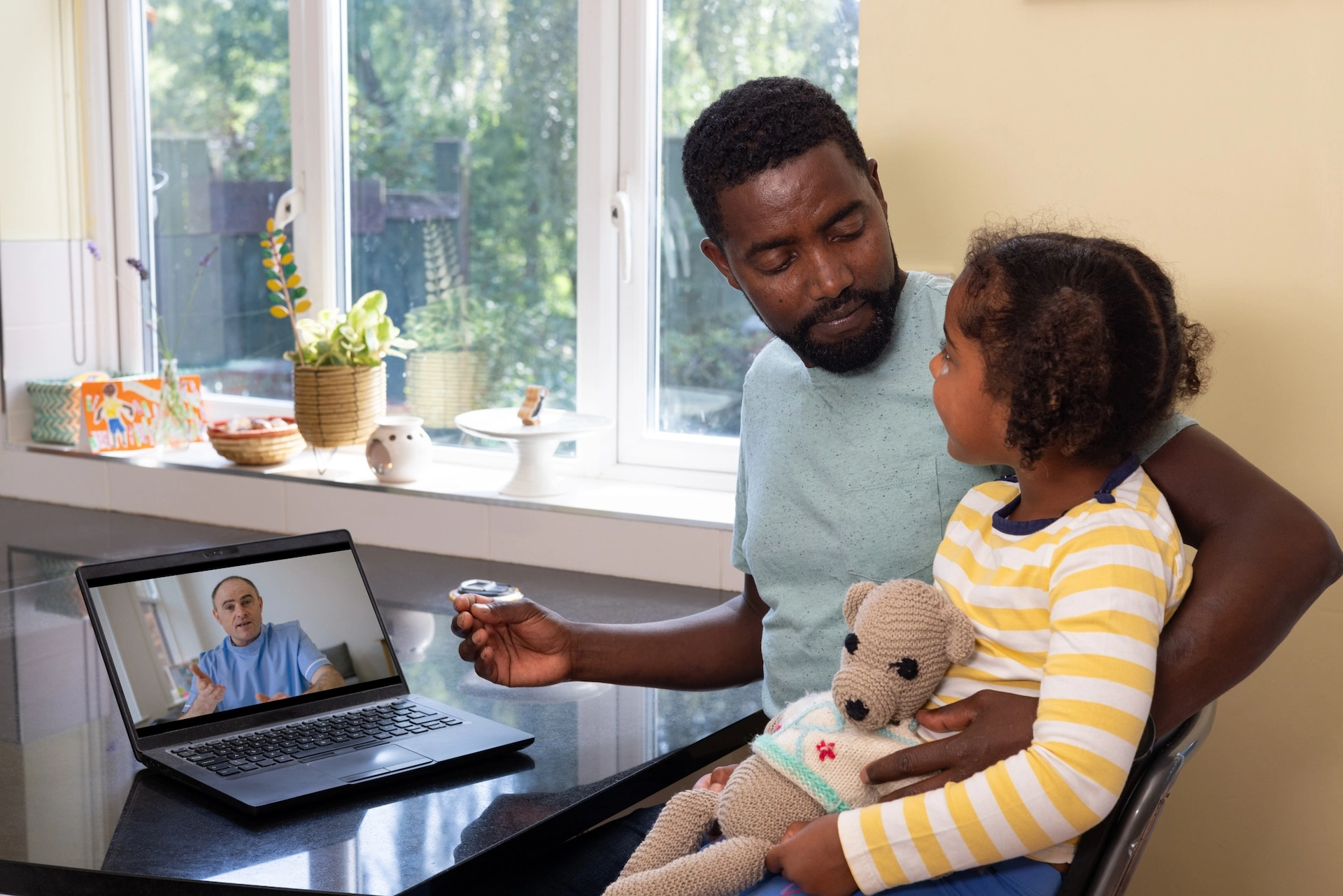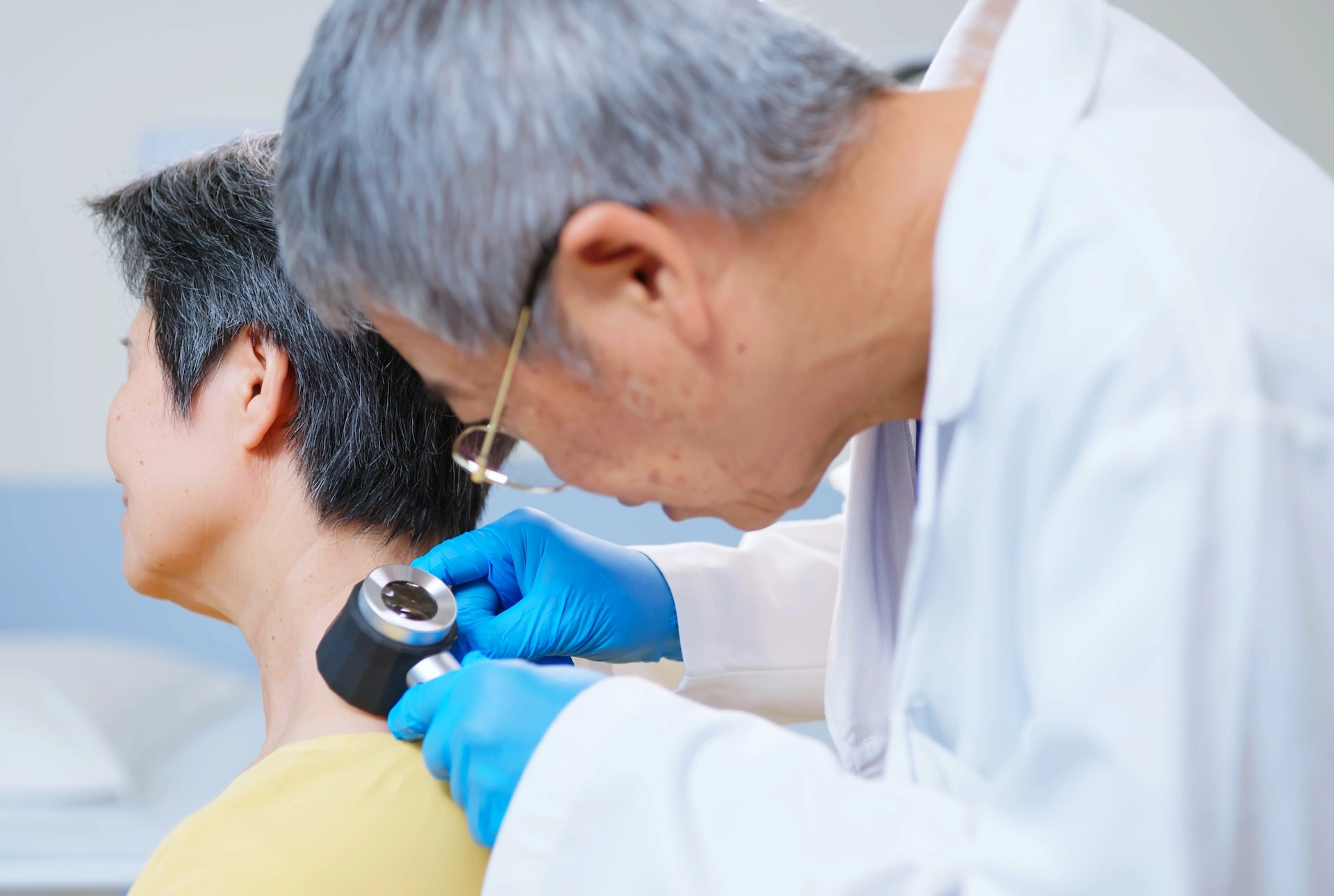Kaiser Permanente study finds telephone and video visits a good option but not always a substitute for seeing a health care provider in person
For many parents, a telephone or video medical appointment can provide a timely and convenient way to get care for their children. But how well does telemedicine work for kids?
That’s the question Kaiser Permanente researchers set out to answer. And their findings, published in JAMA Health Forum, suggest that while telemedicine appears to be meeting the medical needs of most kids, it can’t always replace an in-person appointment.

“Face-to-face interactions may be more important in the pediatric population because many children can’t explain how they are feeling. A physical exam is also important for diagnosing common childhood infections,” said first author Scott Casey, MD, MS, a former delivery science fellow at the Kaiser Permanente Division of Research (DOR) and an emergency physician with The Permanente Medical Group (TPMG). “We designed this study to ensure that telemedicine was adequately meeting our members’ needs and not leading them to have to get follow-up care in the emergency department.”
The new study is the largest to date to explore the use of telemedicine in children. It included more than 780,000 pediatric primary care visits in 2022 for a range of health concerns at Kaiser Permanente Northern California (KPNC).

Overall, the study found that 10% of patients required an in-person visit after their telemedicine appointment. Nearly half of these in-person visits occurred 1 or 2 days after the telemedicine visit.
“As telemedicine evolves from a new technology to a standard option, we need to help guide our members toward the best mode of care for their particular needs,” said Dan Parry, MD, a TPMG pediatrician and regional medical director of Desktop Medicine. “Office visits are especially helpful to evaluate ear pain or certain respiratory illnesses, like pneumonia or asthma. But there are also many situations when I can gather all the information that I need to make an accurate diagnosis without doing an in-person physical exam. I’ve had parents tell me they are grateful that I can determine how their child is doing by phone or video so that they don’t have to leave their home.”
The study found no significant difference in subsequent need for hospitalization between children who used telemedicine and those who had in-person visits.
 “Determining that telemedicine is not significantly contributing to emergency department overcrowding or hospitalizations is an important safety outcome and should be reassuring for both patients and physicians,” said Casey.
“Determining that telemedicine is not significantly contributing to emergency department overcrowding or hospitalizations is an important safety outcome and should be reassuring for both patients and physicians,” said Casey.
The study did find more children were seen in the emergency department after telemedicine visits than after in-person visits, but this difference was small — less than 0.5%.
“Telemedicine is a really tricky tradeoff for parents of sick kids and for pediatricians and the health care system to think through, because while it can be easier for parents there are also reasons why doctors have preferred to see kids in person,” said senior author Mary Reed, DrPH, a DOR research scientist. “We found that parents and physicians are making reasonable decisions about what type of appointment is needed, but of course sometimes in-person follow-up is still needed.”

Since 2016, KPNC members have been able to choose a telephone, video, or in-person appointment for primary care. Virtual care’s use by adults and children greatly increased during the pandemic. Previous KPNC studies have looked at the use of telemedicine by adults. These studies have found that patients have similar need for follow-up whether they see their doctor in-person or virtually. The new KPNC study is the first to focus on pediatric patients.
“Telemedicine is very popular with patients, and they want it to be an option,” said Reed. “Our study supports its use, but also shows that in some instances in-person visits are needed.”
The study was funded by the Agency for Healthcare Research and Quality.
Co-authors include Jie Huang, PhD, and Tracy Lieu, MD, MPH, of the Kaiser Permanente Division of Research.
# # #
About the Kaiser Permanente Division of Research
The Kaiser Permanente Division of Research conducts, publishes and disseminates epidemiologic and health services research to improve the health and medical care of Kaiser Permanente members and society at large. It seeks to understand the determinants of illness and well-being, and to improve the quality and cost-effectiveness of health care. Currently, DOR’s 600-plus staff is working on more than 450 epidemiological and health services research projects. For more information, visit divisionofresearch.kaiserpermanente.org or follow us @KPDOR.





Comments (0)